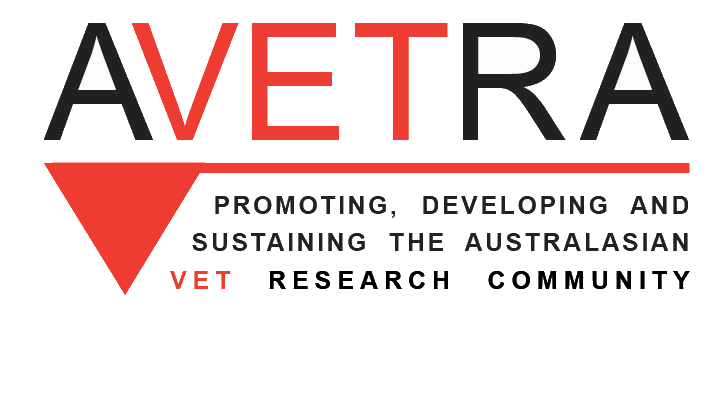This recent publication from NCVER: International onshore VET qualification completer outcomes 2023 “provides a summary of the outcomes of international students who completed their vocational education and training (VET) qualification in Australia in 2022.” In all, about 13 600 international onshore VET qualification completers responded to NCVER’s survey. According to NCVER’s media release on this publication, this “latest report … shows that international students continue to experience improved employment outcomes after completing a VET qualification in Australia.”
The survey found that 92.1% of international onshore qualification completers achieved their main reason for training, which was up 1.4 percentage points from 2022. In terms of the main reasons for training, 75.4% undertook it for employment-related reasons, 22.0% for personal reasons, and 2.5% for further study reasons. Main reasons for training were to develop or start their own business (24.4%) or gain extra skills for their current job (15.9%). Other reasons include improving their general educational skills (13.6%), trying for a different career (12.6%) or getting a job (11.6%).
In relation to the employment and further study outcomes they attained in 2023:
- “76.6% had an improved employment status after training, up 3.6 percentage points from 2022
- 2% were employed after training, up 1.2 percentage points from 2022, and
- 3% were enrolled in further study after training, down 2.2 percentage points from 2022.”
Of the 84.2% employed after training, 82.8% were employed in Australia. Of these 46.9% were employed full-time (up 10.2 percentage points from 2022) and 51.8% were employed part-time. (This was down 9.5 percentage points from 2022.) The survey also reported that 80.2% of international onshore qualification completers were employed before training. Of these:
- 3% were employed at a higher skill level after training, up 1.4 percentage points from 2022
- 1% were employed in a better job after training, up 1.8 percentage points from 2022.
In addition, 28.2% of international onshore qualification completers were employed after training in the same occupation as their qualification. This was up 3.7 percentage points from 2022. Moreover, a further 37.7% were employed in a different occupation but found the training relevant to their current job. This was similar to the data for 2022. The survey also found that 88.1% received at least one job-related benefit. The most commonly cited benefit was ‘gained extra skills for my job’, cited by 54.0% of qualification completers
followed by ‘got a new job or change my job’ (35.3%). 19.8% of international onshore qualification completers were not employed before training and, of these, 65.1% were employed after training, similar to 2022.
However, there were barriers to employment after training. In all, 57.1% of international onshore qualification completers were looking for work at some stage after training (including some who were already employed), similar to 2022. Of these, 81.0% faced at least one barrier when looking for work after training, which was down 1.3 percentage points from 2022.
The most commonly cited barriers were:
- lack of jobs due to COVID-19 (30.7%, down 6.3 percentage points from 2022)
- did not have a required permanent residency/work visa (29.4%, down 3.3 percentage points from 2022)
- insufficient work experience (23.3%, similar to 2022) or
- the salary was too low (19.5%, up 2.5 percentage points from 2022).
In terms of further study outcomes 47.3% of international onshore qualification completers commenced study after training, down 2.2 percentage points from 2022 and 45.9% commenced further study after training in Australia, down 2.6 percentage points from 2022.
The survey also looked at students’ satisfaction with training. It found that 88.8% were satisfied with the training overall, which was up 1.6 percentage points from 2022, 88.6% were satisfied with the assessment and 86.4% were satisfied with the teaching. Moreover, 85.2% are likely to recommend their training provider, which was up 2.4 percentage points from 2022.
Finally, and in terms of the training provider:
- 7% were satisfied with support provided on arrival
- 5% were satisfied with support services overall
- 2% were satisfied with the facilities
- 84% were satisfied with the learning resources, and
- 4% were satisfied with the location of the training provider.








